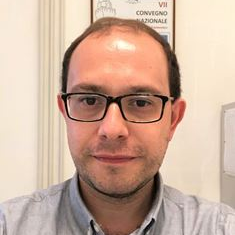Preprint
Article
Characterization of Concentrated Leachate-Activated Char Prepared from Spent Coffee Ground in Slow Pyrolysis
This version is not peer-reviewed.
MDPI Initiatives
Important Links
© 2025 MDPI (Basel, Switzerland) unless otherwise stated







